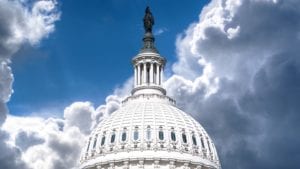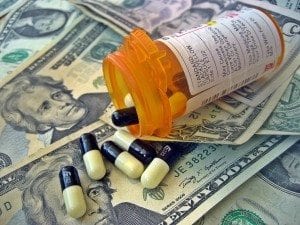By May 15, insurers had to file 2016 premiums with their state regulatory agencies and provide an explanation for rate increases exceeding 10 percent. On June 1, the Department of Health and Human Services released this information for 41 states plus the District of Columbia. Based on these filings, it appears that premiums for many Obamacare plans, particularly those with large market share, will rise substantially next year. In these states insurers requested double-digit increases for 676 individual and small group plans. These are on top of individual-market premium increases averaging 49 percent between 2013 and 2014.
According to the Centers for Medicare and Medicaid Services, these states include 7.9 million total exchange enrollees – nearly four out of every five people enrolled in exchange plans across the country. The double-digit rate increases HHS reported affect more than six million people in these states. These increases apply for Obamacare plans sold on exchanges as well as Obamacare plans sold off the exchanges. The weighted average premium increase for these six million people is 21 percent. Because the HHS list does not include insurers requesting double-digit rate hikes in large states such as California and New York, final numbers will be even higher.
Obamacare plans have disproportionately attracted older and sicker people. In their rate request filings, insurance companies generally said that claims have been far above what they expected. Moreover, Obamacare contained a large subsidy for insurers through the law’s reinsurance program – equaling $20 billion over three years. The reinsurance program is rapidly phasing out. The combination of these factors means premiums may continue to spiral upward as healthier people choose not to buy the mandate-laden, high-deductible, and expensive coverage.







